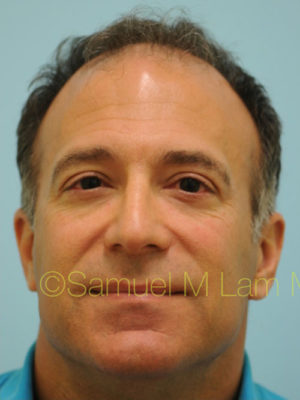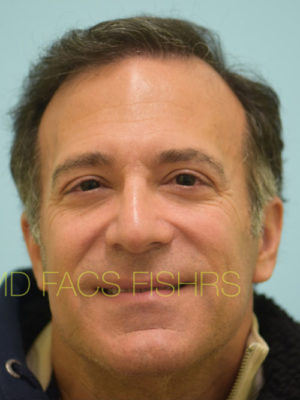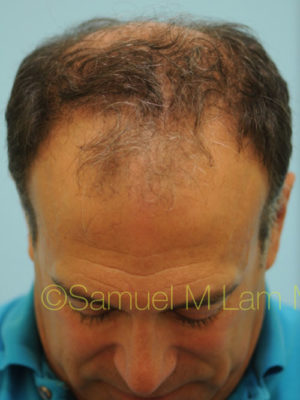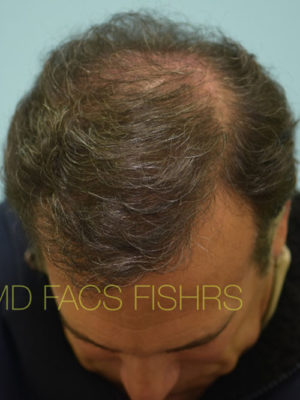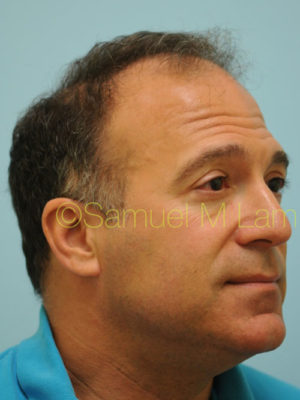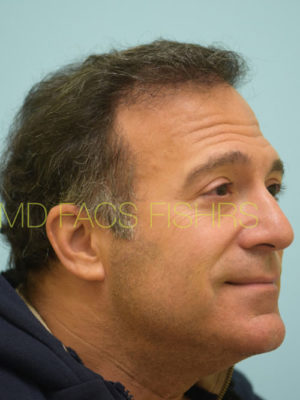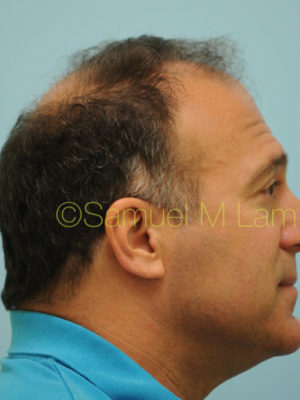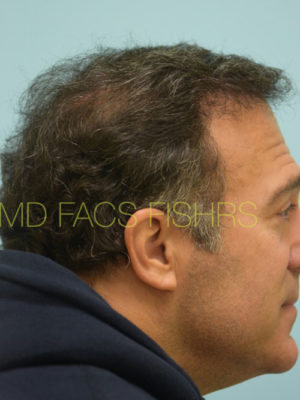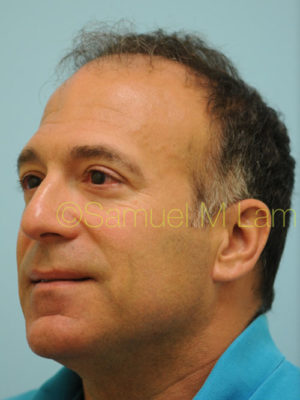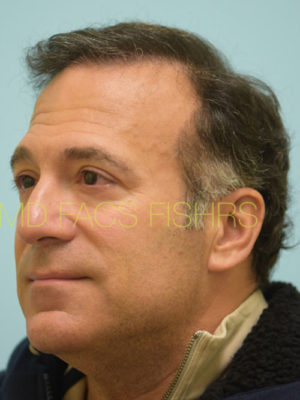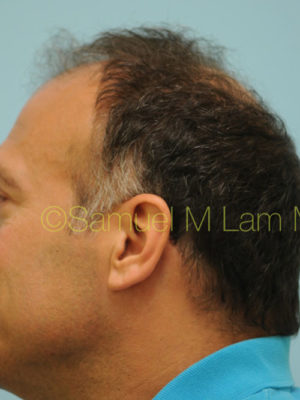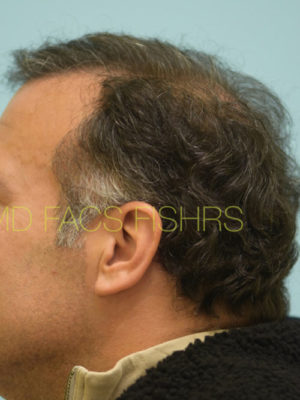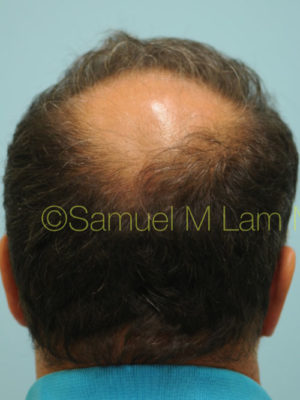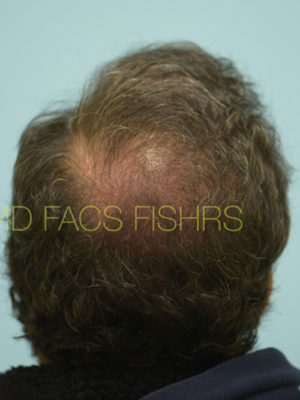Did you wait too long to do something about your hair loss? Megasession Hair Transplant may be the perfect solution for you!
What is a megasession? A typical hair transplant restores 1,500 – 2,000 grafts and covers either the frontal or crown area. A megasession hair transplant describes a transplant of 3,000 hair grafts or more. The goal of a megasession transplant is to provide adequate hair density over a broad area of the head to a patient with global hair loss. In most cases, this involves transplanting the entire top of the head in a single session. In a few cases of extensive hair loss, even with this large number of grafts, the crown may need to be omitted or transplanted twice in order to achieve desired density. If the crown is simply too large to cover or is deemed unsafe due to the young age of the patient (as progression of the crown may be unable to be covered with further aging) or the current size of the crown. In the cases where the frontal and crown loss are too severe to be covered with a single megasession and if the patient has sufficient donor hair, the front could be covered with one megasession and the crown transplanted separately 6 to 12 months later. Although the term megasession can easily be applied to women, the term generally here refers to men who have significant hair loss from the front to the crown and who seek to undertake a single hair transplant session to cover as much of the hair loss as possible, if not the entire area of hair thinning.
Performing a megasession is a work of art since it requires a balancing act of harvesting a large number of hairs, yet protecting the donor area, and transplanting a large balding area, yet achieving naturalness and visual density. To understand the numbers, usually an individual is born with between 80,000 to 120,000 hairs before male pattern baldness begins to be apparent to an onlooker. In general, one has to lose approximately 50% of hairs to begin to see hair thinning. One may have already lost 75% of hairs before coming to seek hair restoration services. Using generalized numbers to illustrate, that may mean you are born with 100,000 hairs on your head; you don’t see hair loss until you have already lost 50,000 hairs; and you may not come to seek hair restoration until you only have 25,000 hairs left. The goal then is to try to restore the gap of 25,000 hairs to make one achieve the look of 50,000 hairs on the head (again when hair thinning begins to be apparent). Most grafts contain on average 2 to 2.5 hairs, so a megasession “relocates” approximately 6,000 to 7,000 hairs from the thickest (donor) area to the thinnest (recipient) area of the head. Moving 6,000 hairs (3,000 grafts) clearly does not equal the loss of 25,000 hairs. This is why focusing on the number of grafts, i.e. transplanted hairs is not enough. The surgeon must be very creative in how he designs your hair transplant to create results that appear as non-thinning hair. In other words, hair transplantation cannot achieve 1:1 replacement of lost hair but represents instead the best illusion of hair density with a limited number of grafts. At times, you may read about a much larger session of hair grafts during a single session, but Dr. Lam believes that moving larger numbers than a standard megasession may put a strain on donor healing and lead to unnecessary scarring or depletion of valuable donor hair. Hair loss has a progressive nature and a person may require additional hair transplants in the future, so Dr. Lam believes that managing the donor area is equally important so that there is sufficient hair for future hair sessions. In addition, seeing what hairs grow in can determine the extent that would be needed for future hair sessions.
As mentioned, a megasession is the creative effort of the surgeon attempting to achieve the maximal degree of aesthetic improvement in a single session, all the while keeping in mind preserving hairs for possible future needs. When Dr. Lam is undertaking a megasession hair transplant, he thinks about natural hair-growth patterns, hair quality, hair density, the size of the treated area and how to combine all these factors to achieve the best possible result. Generally, the most important area for hair transplantation is the hairline and central forelock. It is important that the hairline looks natural and that central forelock is appropriately dense. The central forelock describes the area in the midline of the head immediately behind the hairline where thinness in this area gives the illusion of balding. Usually, the next most important area is the crown.
Dr. Lam has written and lectured extensively about his crown design strategy to maximize visual hair density with the grafts allocated to this region. The crown oftentimes has one or two whorls (swirls), and Dr. Lam is an artist in creating a naturally looking crown. Finally, the midscalp in general that bridges between the front and back areas may be considered less important, so a lower density may be placed in this area. However, it is important that Dr. Lam balances the front and the back because if too many hairs are placed only in the front and an insufficient number, placed posteriorly, the “front-heavy” design will appear unnatural and will not follow the natural Norwood patterns of hair loss. The point of this blog is to describe the importance of quality design and the thinking that Dr. Lam always exercises when artistically creating a design strategy that is aesthetically the most impactful, appears the most natural, and that can age well for a patient into the future.
